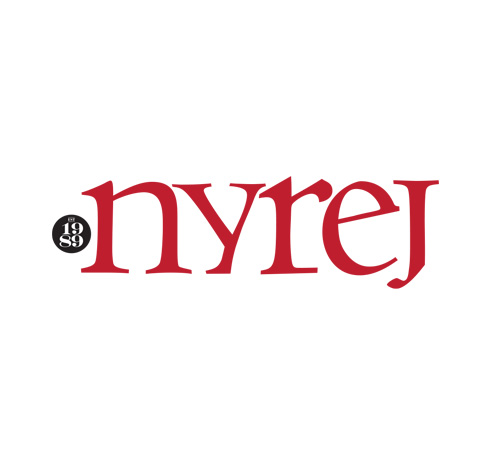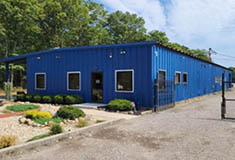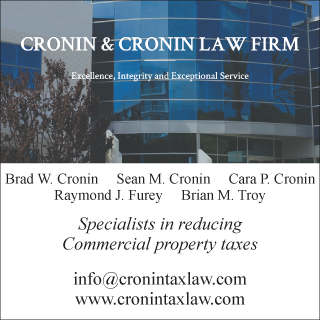Due diligence regarding subcontractors’ insurance - by Nicholas Racanelli

Racanelli Realty Services
Property owners/landlords, as well as condo/co-op home owner associations (HOA)/boards assume a level of risk relating to subcontractors performing jobs on their properties. The risk emanates from the subcontractors’ inadequate insurance to cover possible damages incurred on the job. Just relying on a subcontractor’s Certificate of Insurance is a big mistake and can place an owner/HOA/board in jeopardy. It is all too common to find that:
• A subcontractor’s insurance doesn’t protect the property owner’s and/or HOA’s assets or relieve them from liability.
• A subcontractor’s insurance doesn’t list the property owner/HOA as an additional insured.
• A subcontractor’s insurance has inadequate limits on the coverage.
• A subcontractor’s insurance excludes labor law claims.
• A subcontractor’s insurance is not effective when the work begins and/or throughout the entire period of their work.
• A subcontractor holds insurance under a different name which precludes it paying a claim if a problem arises.
“Risks and Remedies”
Any of these circumstances can leave a property owner/HOA/board vulnerable to a lawsuit; the associated legal fees and judgments, as well as higher insurance premiums. Additionally, a project can be held up, at high costs to the owner should a problem arise. To avoid these risks, property owners are advised to take all prudent steps to make sure that the subcontractors working on their properties are fully-insured and have taken measures to protect the owner/HOA/board. The primary goal is for any risk to be transferred from the property owner to the subcontractor. This can be accomplished by requiring subcontractors to sign hold harmless agreements and agree to have their liability carrier provide defense and indemnity to the property owner in the event a lawsuit is brought against them.
“Important Subcontractor Insurance Criteria”
In addition to risk transference, there are certain criteria that every subcontractor’s insurance should meet, including:
• The name of the covered entity on the policy should be the same as the business entity on the project contract.
• The insurance policy should be up-to-date with effective coverage in force from the beginning to the end of the project.
• The policy should have adequate limits to cover potential claims.
• The policy should name the property owner/HOA/boards as an additional insured.
• The general liability policy should not have exclusions that would exclude labor law claims, or eliminate coverage for work performed on common interest developments, if the property is a common interest development (e.g., HOAs).
At Racanelli Realty, we recommend having your insurance professional carefully scrutinize a subcontractor’s insurance policy before any work commences on the property. Often, it takes an experienced broker to understand the nuances, uncover potential gaps in coverage, and properly vet a policy against these criteria in conjunction with the scope of the job.
Also, keep in mind that it isn’t uncommon for contractors’ commercial general liability coverage to be written by excess and surplus lines carriers who often introduce various exclusions into their policies.
“Be Aware of Relevant Labor Laws”
Property owners should be cognizant of the New York State Labor Law Sections 240, 240 and 241A. They impose liability on property owners and their contractors for injuries sustained by the contractor’s employees which stems from falls, falling objects, or the failure by the responsible parties to control such hazards. Usually, if employees are injured on the job, they would file a claim for benefits under Workers Compensation; a no-fault system that provides medical benefits and lost wages to injuries occurred on t he job. It does not require the injured employee to bring an action against the employer. Under the New York State Labor Law, however, injured workers also can seek additional compensation from the property owner, claiming that the property owner failed to provide a safe work environment. In this instance, having the risk transferred from the property owner to the contractor via the contractor’s insurance policy’s hold harmless clause, and the contractor’s liability carrier’s agreement to provide defense and indemnity to the property owner, would be critical.
“Weighing the Costs of Using Certain Subcontractors”
Some contractors, when asked to expand their coverage in order to win a job, will agree to do so with the caveat that they can pass on the additional insurance costs by increasing their project fee. While this may be reasonable, depending on the project and the additional costs, it is wise to work with subcontractors that are not only experienced, have a reputation for high quality work and on-time project delivery, but also take all proper precautions to avoid risks to their workers, themselves, the property and their customers. Those with ample insurance coverage demonstrate an appreciation for the risks associated with their work and the need to provide protection not just for themselves, but the property owner.
Nicholas Racanelli is a vice president at Racanelli Realty Services, Inc., Commack, N.Y.
Suffolk County IDA supports expansion of A&Z Pharmaceuticals


The evolving relationship of environmental consultants and the lending community - by Chuck Merritt
When Environmental Site Assessments (ESA) were first part of commercial real estate risk management, it was the lenders driving this requirement. When a borrower wanted a loan on a property, banks would utilize a list of “Approved Consultants” to order the report on both refinances and purchases.








.gif)
.jpg)